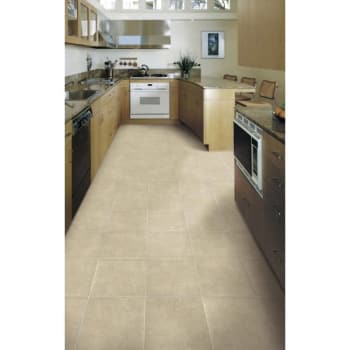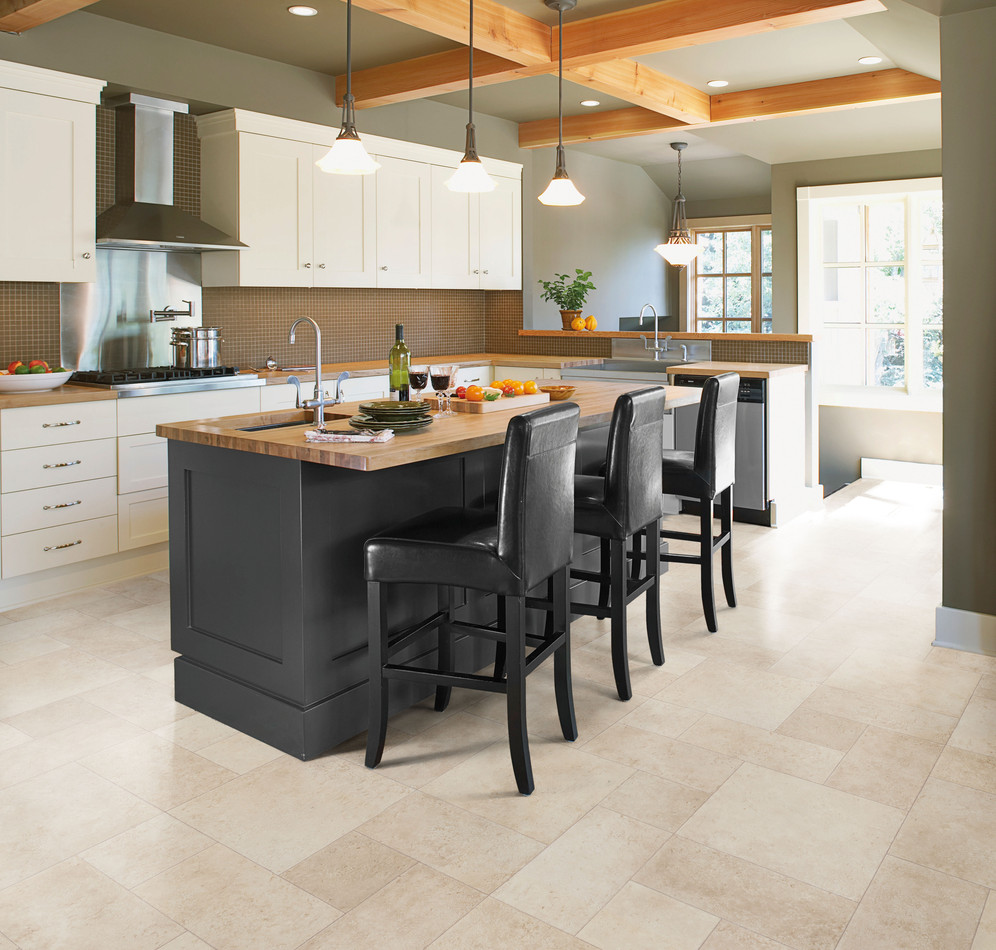Everything You Should Know about Bamboo Flooring
Everything You Should Know about Bamboo Flooring
Blog Article
We've found the article on How do you maintain vinyl flooring? directly below on the net and concluded it made perfect sense to share it with you on this page.

Bamboo flooring is well-known for several property owners due to its benefits. It has ended up being the significant choiced floor for organization and also home owners whenever there is need for sustainability.
However, bamboo just like wood, is susceptible to damages and also fracturing when moisture levels vary.
Are you believing concerning bamboo flooring for your house? Then, matter yourself fortunate since this article will certainly show you every little thing you require to know. We will certainly review its features to consider. We will additionally talk about the various kinds of bamboo flooring offered on the marketplace. Keep reading!
Types of Bamboo Flooring
There are 3 standard alternatives: strand-woven, upright, and horizontal. House owners can pick which sort of bamboo flooring to get based upon their attributes. Additionally, the purchaser's desired aesthetic impacts the chosen Bamboo flooring type.
Engineered Bamboo Flooring
Both solid and also engineered bamboo flooring alternatives are available. As soon as the bamboo timber fits, it isn't easy to compare them.
Yet their differences result from their making. For example, crafted bamboo timber has a thin plywood backing.
Whether crafted or strong, bamboo flooring is sturdy, resistant, and also appealing.
Engineered bamboo flooring uses the drifting wood floor over a slim foam base. They may likewise be in the form of wide planks. They are readily available in widths up to 19 centimeters.
Solid - Horizontal Bamboo Flooring
You will certainly observe that this kind is nearly the like upright bamboo flooring. It has a minor variation. Straight bamboo is just one of the most popular types of bamboo flooring.
It is made by drying big strips of bamboo, slicing these larger items right into thinner strips, and then gluing them to create planks. The boards will after that be subject to pressure and also warm to guarantee they are well secured.
Natural bamboo has a lighter shade. Therefore, the strips are frequently tarnished. While carbonized bamboo will be much less hard than routine bamboo, if you require a darker color, it might do you excellent. It additionally gives the natural bamboo looks and also a selection of alternatives.
Strand Woven Bamboo Flooring
Shredding the bamboo to draw out the fibers is one of the a lot more luring action in creating strand-woven bamboo floorings.
The bamboo fiber is often combined with a glue after it's made to a pulp. The product is after that knitted and also pressed together under great heat, as the name recommends.
After making upright and also straight bamboo, the strips serve to create strand woven bamboo. The eco-conscious buyer may discover this function appealing. The reason is that it makes sure that the whole bamboo stalk produces very little waste.
Strong - Vertical Bamboo Flooring
Thin strips of completely dry bamboo wood glued vertically as well as pushed using high warmth as well as pressure produce this kind of bamboo flooring.
The thinnest side of the bamboo planks will be in a vertical form. A company bonding, pushing, and also lamination will comply with. As a result of their approach of signing up with, the bamboo strips include a narrow grain pattern.
The good thing about this type of bamboo flooring is that it is very budget-friendly and durable. Additionally, it gives a classy as well as stylish flooring finish. It is not commonly offered.
When Selecting Bamboo Flooring, features As Well As What to Maintain in Mind
With a multi-layered coating, bamboo flooring will certainly be rather sturdy. However keep in mind that future touch-ups might need a more knowledgeable flooring professional.
Using your surface will make matching repair work much easier when established up in your house. The surface will certainly not last as long as manufacturing facility coatings.
Besides that, below are some amazing attributes of bamboo flooring.
Eco-Conscious
This flooring originates from an all-natural plant called the bamboo plant. So when compared to other tree varieties utilized to make hardwood flooring, bamboo grows even more and quicker.
Inexpensive Maintenance
You can keep bamboo flooring in good condition by cleaning as well as damp wiping. Regardless of being extra prone to scrapes, bamboo flooring is extremely straightforward to keep.
You might obtain bamboo floorings that are just as good as brand-new by sanding them down and using a fresh layer of paint.
Resilient
Bamboo flooring is not developed equal. There are lots of types of bamboo, as well as the different methods utilized to transform it right into slabs affect its toughness.
As such, bamboo, like hardwood flooring, can become susceptible to damage gradually. Scratching, cracking, and also various other wear as well as tear might occur. You can likewise sand some bamboo to resemble wood, however not all.
Bottom Line
It's easy to understand why bamboo flooring has actually come to be extra well-liked nowadays. For virtually any type of residence, bamboo supplies numerous strong and also audio solutions for the setting. For that reason, bamboo flooring could be the very best alternative for updating your flooring.
We will certainly additionally discuss the different types of bamboo flooring offered on the market. Homeowners can choose which kind of bamboo flooring to get based on their characteristics. Horizontal bamboo is one of the most preferred kinds of bamboo flooring.
While carbonized bamboo will certainly be much less tough than normal bamboo, if you require a darker color, it may do you great. After making upright and straight bamboo, the strips serve to develop hair woven bamboo.
Bamboo Flooring
Manufacture of Bamboo Flooring
Stranded bamboo is made by shredding the bamboo stalks into small strands, which are compressed into sheets using heat and resin binders, then cut into planks to use as building materials. This form of flooring is available both as tongue-and-groove planks that are nailed down, as well as planks that float over the underlayment. This is a premium form of bamboo flooring, available in many colors.
Horizontal bamboo flooring is manufactured by cutting the strands into thin strips which are then glued together to form planks. This type of flooring has a "grain," since the long stalk fibers are visible in the flooring. This type of bamboo is not as hard or durable as stranded bamboo, but it can have a very striking appearance. It, too, is available both in nail-down planks and as floating floor planks.
Engineered bamboo flooring is made by bonding a thin layer of bamboo onto a plywood or MDF core. This flooring is comparable to engineered hardwood and is installed in the same way—usually with click-lock planks that float over a foam underlayment. It is the least expensive (and least durable) form of bamboo flooring, and it cannot be refinished.
Unless it is stained, most bamboo flooring has a natural blonde or amber color that resembles unfinished maple or birch, but darker tones are available through a process called carbonizing, which entails subjecting the planks to high temperatures. While the color can be very attractive, carbonized bamboo is softer than uncarbonized forms, and is more susceptible to scratching.
Eco-Friendliness
Environmentally conscious consumers are often drawn to bamboo as a wholly renewable resource. Unlike the hardwood lumber industry, where trees can take decades to mature, bamboo stalks grow so fast that there is little environmental liability to the harvest practices. Moreover, bamboo stalks that are cut simply continue to grow and replenish themselves so that they can be harvested.
But the manufacturing process creates other environmental concerns. Bamboo floor planks are manufactured by slicing or shredding the stalks of bamboo grass plants and then compressing the pulp back together using heat, pressure, and a resin-based adhesive identical to those used in many other flooring products. This adhesive often contains urea-formaldehyde that can outgas into the air.1
The level of adhesive used and the amount of toxins emitted will vary, depending on how the bamboo planks are manufactured. Cheaper products may contain more formaldehyde, while more expensive products may use alternative materials in the resins. The amount of formaldehyde used in bamboo flooring is similar to that found in engineered hardwood flooring or MDF sheathing, and it tends to be a problem only for sensitive individuals.2 But if this concerns you, look for bamboo products labeled as formaldehyde-free.
Bamboo Flooring Cost
This material is priced at about the same level as most hardwood floors. You can find bamboo flooring products ranging from about $2 to $8 per square foot, with a national average of $3.84 per square foot. Installation costs for bamboo flooring are much the same as for hardwood flooring. On average, figure on adding about $4 per square foot for installation labor in addition to the cost of materials. You should be able to get a good-quality bamboo installed for less than $10 per square foot, including materials and labor.
https://www.thespruce.com/benefits-and-drawbacks-of-bamboo-floors-1314694

I discovered that entry on How do you maintain vinyl flooring? while surfing around the web. Those who enjoyed our article please make sure you remember to share it. We take joy in reading our article about How do you maintain vinyl flooring?.
Report this page